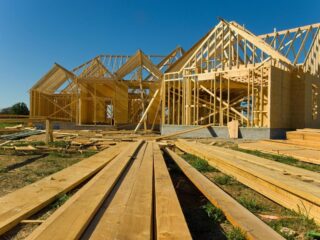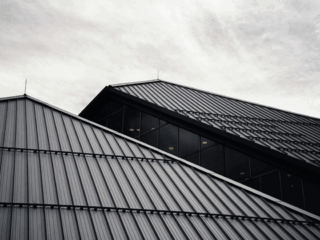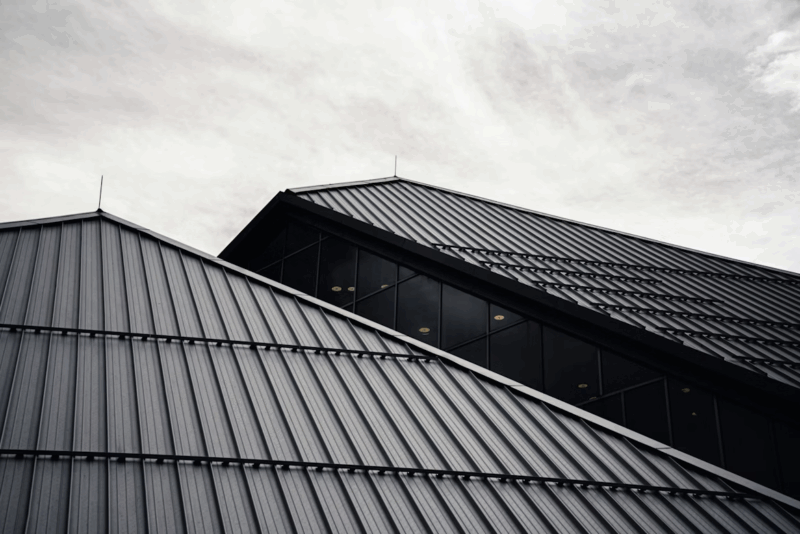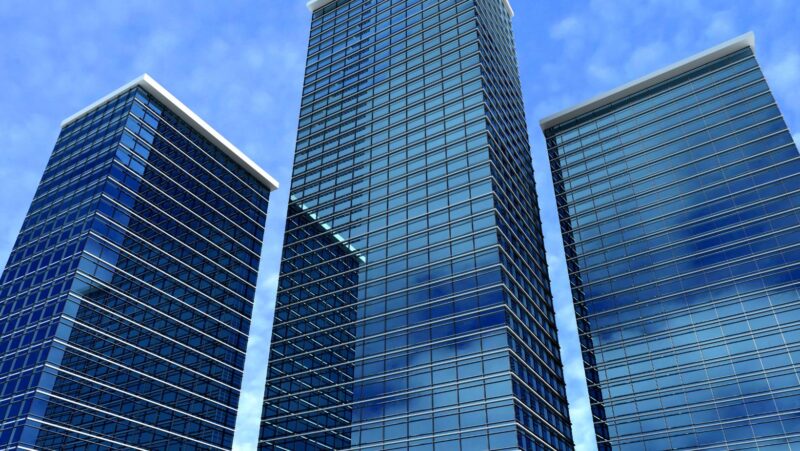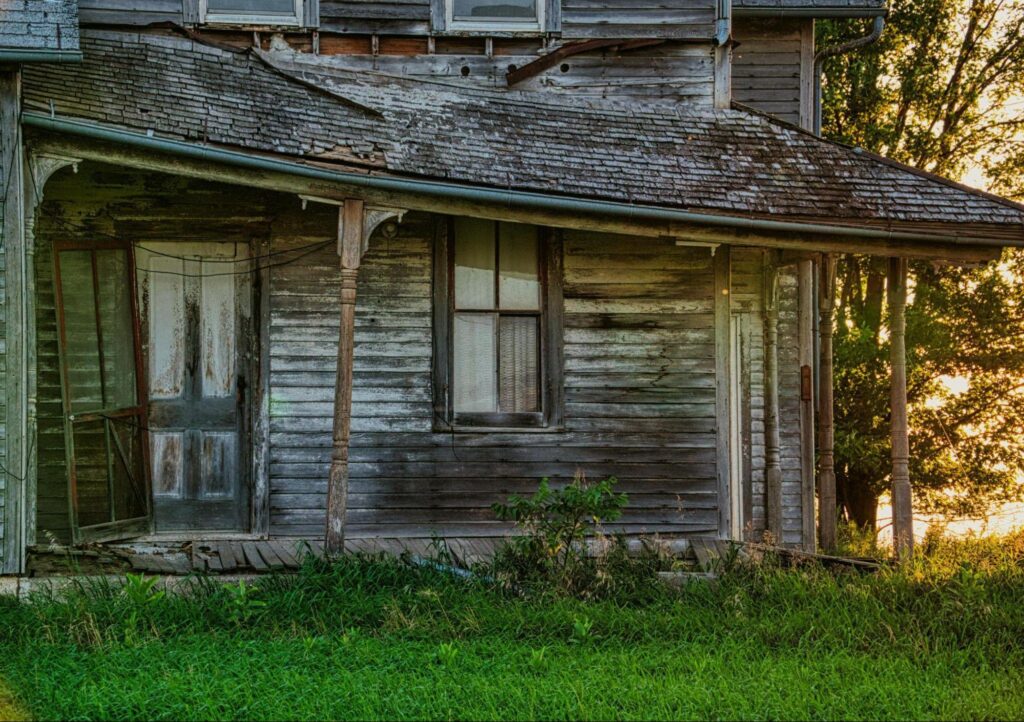
Your house’s roof is a critical structural component that shields you, your loved ones, and your belongings from external elements such as snow, strong winds, rain, scorching sun, and hailstorms. When your roof is healthy, it stands firm, deflecting the brunt of weather extremes and maintaining the integrity of your home.
However, a sagging roof can be a significant concern that leads to various issues in the home. It is best to watch for the signs of a sagging roof to ensure safety and prevent damage. Early signs will help you determine whether your roof needs repairs or a replacement.
Understanding the Dangers of a Sagging Roof
A sagging can pose significant risks to the home’s structure and its occupants’ safety. The primary dangers include:
Risk of Collapse
One immediate danger of a sagging roof is its risk of collapse. As the sag worsens, a roof that is not structurally sound can fall under its own weight or due to external pressures such as heavy snow or rain. The worst part is that this sort of compromised structural integrity will cause a sudden collapse, which can cause significant property damage but, more importantly, lead to serious injuries or fatalities.
Structural Instability
A sagging roof often indicates broader structural instability within the home. It suggests a compromised roof’s support system and the roof can no longer distribute the weight effectively. Such an imbalance creates a domino effect that may stress other parts of the home’s structure. Walls can begin to crack, ceilings can develop water damage, and the entire building’s stability can be threatened.
Water Damage
Another significant danger of having a sagging roof is improper drainage due to water pooling in certain areas and entering your home. Mold can start to grow and pose grave health risks, such as allergic reactions or infections for the inhabitants, especially anyone with respiratory sensitivity.

Water damage can harm your ceiling and insulation; this can lead to higher energy bills because your heating and cooling systems have to work harder due to the damage.
Increased Repair Costs and Diminished Property Value
Ignoring a sagging roof can also lead to escalating repair costs over time. What might start as a minor issue can develop into a significant problem requiring extensive repairs or even complete roof replacement. If you’re unsure where to start, consider reaching out for professional roofing help in Indiana to assess the damage and recommend practical next steps. Other than that, a sagging roof can significantly diminish the value of your property. It’s a major red flag for potential buyers, who will likely demand significant price reductions or may even walk away from the deal altogether.
Signs of a Sagging Roof
Several key signs indicate your roof needs attention. Homeowners need to recognize these signs and what causes roof sagging so that they can take informed actions and deter long-term damage. Some of the signs are listed below:
Visible Sag in the Roofline
A noticeable dip or unevenness in the roofline is one of the most apparent signs of roof sagging. These sags can be observed from the ground when perceiving your roof from a certain angle. A straight roofline is healthy, and any deviation requires investigation. You should not ignore even slight dips because they often signal underlying structural issues.
Cracks in Interior or Exterior Walls
Cracks in walls or ceilings can indicate that the roof is putting excessive pressure on the home’s structure. Cracks near windows or doors demand particular attention because they may suggest structural stress.
Leaks and Water Stains
Check for sagging roofs if you notice water stains on your ceiling or walls. If your roof sags, water may pool in one area after rain and seep through weakened areas.

This situation not only indicates potential leaks but also suggests that the integrity of your roofing materials is compromised.
Displaced Roofing Material
A sagging roof can cause shingles to become loose, cracked, or fall out of place. Homeowners should inspect their roofs for missing or misaligned roofing material or any signs of shingle damage and have them replaced promptly.
Endnote
A sagging roof is not merely an aesthetic concern; it is a grave risk that can impact the safety of residents and their financial well-being. Prompt attention to roof sagging issues by the homeowner can help ward off further damage to their property and ensure the safety of their lives and those of their families.



